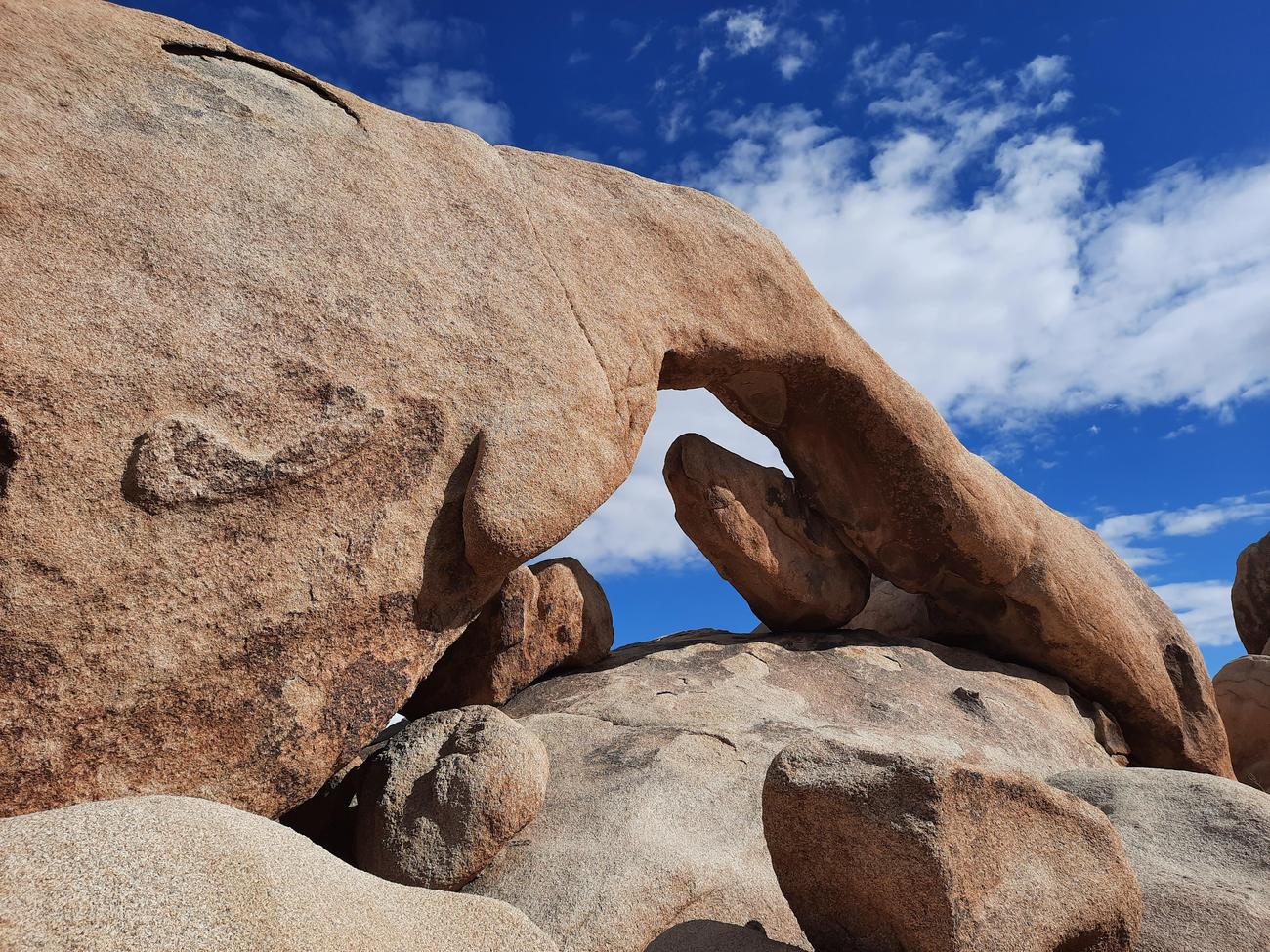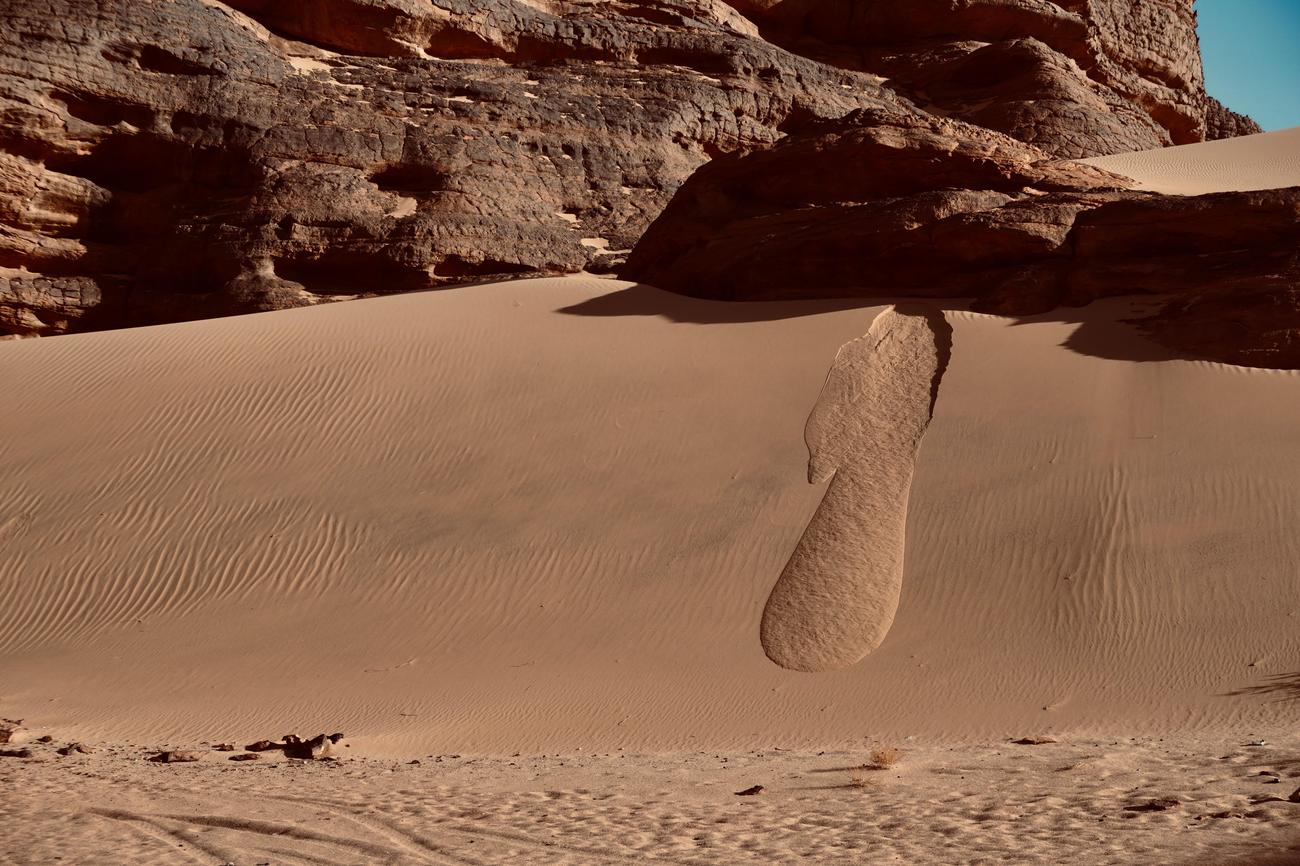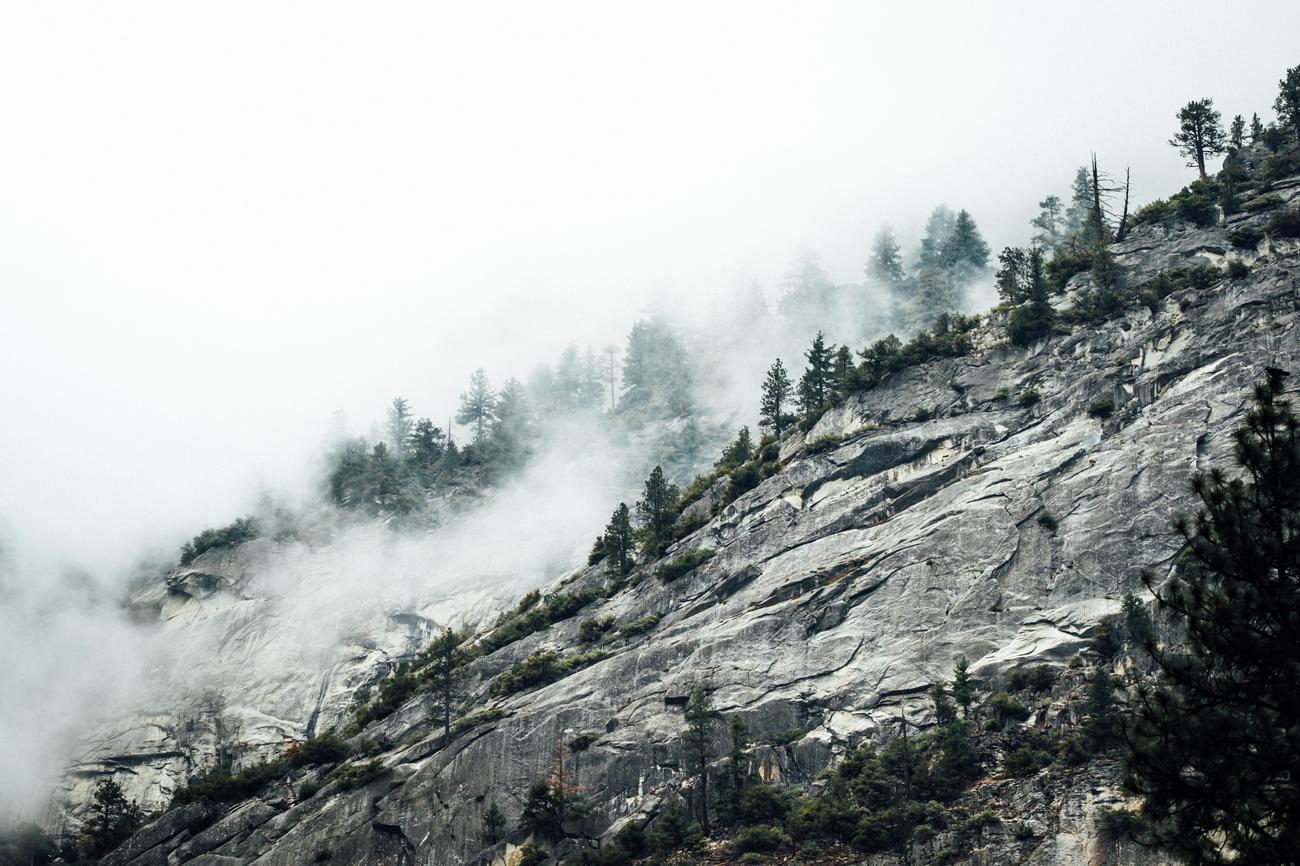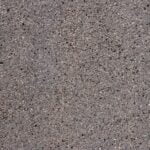Are you curious about the origins of that exquisitely polished granite countertop in your kitchen or the majestic granite cliffs you see while hiking? Look no further! In this article, we will embark on a thrilling journey to uncover the mysteries of granite’s whereabouts. Delving into the depths of the Earth and exploring various corners of our planet, we will reveal the locations and origins of this captivating stone. So sit back, relax, and get ready to discover the mesmerizing world of granite and where it can be found.

Where Is Granite Found
Granite, a fascinating coarse-grained igneous rock, can be found in various locations around the world. Its widespread occurrence makes it one of the most abundant rocks in the Earth’s continental crust. Let’s embark on a journey to discover the origins and distribution of this magnificent stone.
The Formation Process
To understand where granite is found, we must first delve into its formation process. Granite is created deep within the Earth’s crust, where magma with a high content of silica and alkali metal oxides slowly cools and solidifies underground. This slow cooling allows the minerals within the magma to crystallize and grow, resulting in the distinctive coarse-grained texture that defines granite.
“Granite takes shape within the depths of the Earth, where its minerals form an intricate dance of crystallization.”
Plentiful Presence
Granite’s abundant presence in the continental crust ensures that it can be found in several locations across the globe. From majestic mountains to ancient plateaus, granite formations grace diverse landscapes, each with its unique geological story to tell. So, where exactly can we find this captivating rock?
Mountain Majesty
High up in the picturesque peaks, granite formations manifest in the form of rugged cliffs, domes, and tors. The lofty ranges of the Himalayas, the enchanting Rockies, and the sprawling Andes all boast their fair share of granite. These majestic mountains, sculpted by millions of years of tectonic activity, stand as testaments to the enduring beauty and strength of granite.
“At the summit of the world’s highest peaks, granite bares its mighty essence, sculpted by the relentless force of nature.”
Ancient Heartlands
Venturing into the ancient heartlands of continents, we encounter vast plateaus and rolling plains adorned with expansive granite landscapes. From the vast expanse of the Canadian Shield to the legendary African craton, granite is a hallmark of these preserved vestiges of Earth’s primordial past. These regions hold troves of geological wonders, where granite reigns supreme.
“In the ancient heartlands of continents, granite forms the bedrock on which the stories of time itself are etched.”
Coastal Charm
As we approach the captivating coasts, granite adds its charm to seaside cliffs and breathtaking headlands. Coastal areas like those in Portugal’s Sintra-Cascais Natural Park and the mesmerizing Granite Bay in California showcase the mesmerizing beauty of granite as it meets the rolling waves of the ocean. Here, granite’s textures take on a unique character, shaped by the forces of both water and wind.
“Where the land meets the sea, granite’s enduring embrace withstands the eternal dance between earth and water.”
A Global Tapestry
Draped across the globe, granite forms intricate patterns within the tapestry of our planet. Beyond the locations mentioned, granite can be found in many other regions, including Brazil, India, Australia, and Scandinavia. Each locale offers a distinct geological story, revealing the ancient forces that shaped our world.
“From the cradle of civilization to the uncharted realms of the Earth, granite weaves its geological tapestry, connecting distant lands and igniting the imagination.”
In conclusion, granite’s remarkable presence can be witnessed in numerous locations throughout the world, each with its own geological story to tell. From the soaring heights of mountains to the ancient heartlands of continents, and even along the captivating coastlines, granite leaves its indelible mark on the Earth’s surface. So, indulge in the allure of granite and uncover the magic it holds within its grains.
Keep wondering and exploring the world around you, for there is always more to discover.
“Amidst the breathtaking landscapes of our planet, granite truly reveals its extraordinary tale, etched in every crevice and gleaming in every facet.”
Granite is a fascinating natural stone that comes in a wide variety of colors and patterns, making it a popular choice for countertops and flooring. But did you know that there are some fun facts about granite that you may not be aware of? If you’re interested in learning more about this durable and beautiful stone, click here for some intriguing fun facts about granite.
Where Is Granite Found
Granite, with its striking beauty and durability, has long captivated the imagination of explorers and researchers. The geological formations of granite hold a mesmerizing history, showcasing the incredible forces that shaped our planet. From ancient quarries to modern-day extraction sites, granite mining locations have played a pivotal role in uncovering the hidden treasures within this majestic rock. Discovering the global distribution of granite reveals its widespread presence, touching every corner of the globe. With its rich diversity and vast array of colors, textures, and patterns, granite is truly a global phenomenon. Dive into the fascinating world of granite and explore the wonders that await you.
- To learn more about the geological formations of granite, click here.
- Explore the granite mining locations that have uncovered its hidden secrets by clicking here.
- Delve into the global distribution of granite and witness its global presence by clicking here.
How Granite is Made: The Process Behind this Timeless and Resilient Stone
[youtube v=”x2SKWFc1lWU”]
Granite, renowned for its strength and durability, has become a favorite choice for indoor and outdoor construction. This timeless and elegant material is not only resistant to acid rain but also adds a touch of sophistication to any project. But have you ever wondered how granite is formed and extracted? In this article, we’ll take a closer look at the process behind the creation of granite and the steps involved in extracting it from the earth.
Unveiling Nature’s Granite Factory
Deep beneath the Earth’s surface, lies a magnificent process that gives birth to granite. Boiling molten rock, known as magma, builds up immense pressure due to the intense heat. As a result, it rises through cracks and crevices in the Earth’s crust. As the magma ascends, it gradually cools and solidifies into granite, which is a type of igneous rock.
The Extraction Process
Extracting granite is a challenging task as the goal is to maximize the extraction while minimizing any damage. The process begins with outlining a section of the rock wall, typically up to 30 meters long and 7 meters wide. Long, narrow channels are burned into the rock using a gas flame to free up the sides. Deep holes, about 7 meters in depth, are then drilled along the back and bottom. Explosive cable is fed into these holes, and upon detonation, the section of granite is detached.
To further refine the section, a combination of drills, steel pegs, plates, and wedges are employed. This painstaking process continues until rough blocks measuring 3 meters long by a meter and a half wide and deep are obtained. Although small in size, these blocks each weigh more than 20,000 kilograms.
The Cutting Process
Once the rough blocks are transported to the granite factory, the first cut, known as slobbing, takes place. This process uses a specific type of saw that can cut slabs more than five centimeters thick. Synthetic diamond particles embedded in metal segments create the necessary friction to make the cut, while water prevents the saw from overheating. However, due to its slow nature, this saw can only cut less than two square meters of granite per hour.
For slabs thinner than five centimeters, a gang saw is utilized. This saw, with its sturdy steel blades, can withstand the pressure of cutting, ensuring a straight cut. The cutting rate of the gang saw is around eight square meters per hour.
Transforming into Beautiful Stone
After the cutting process, the slabs move on to the polishing line. This is where the true beauty of granite is revealed. The polishing line consists of 19 heads, each equipped with 6 bricks that polish through abrasion. Starting with the coarsest grit, the brick grains progressively get finer, resulting in a high gloss finish. The polishing line can process about a square meter of granite per minute.
However, depending on the desired finish, not all slabs go through the entire polishing process. For a semi-gloss finish, the slabs only pass through the first 10 heads. And for a rough finish, the slabs completely skip the polishing line and instead undergo a process called flaming. In this process, a propane flame at 2,000 degrees Fahrenheit is run across the surface of the slab, causing the quartz within the granite to explode. This creates a rough surface that is often used for non-slip flooring.
The Final Touches
The last step in the production of granite slabs involves cutting them to specific specifications. As granite is composed of various minerals that interlock like pieces in a jigsaw puzzle, the stone exhibits its trademark speckles and remarkable strength.
In summary, the journey from the depths of the Earth to the shining slabs of granite is a fascinating one. This natural stone, with its unique geological story in each location, leaves an indelible mark on the Earth’s surface. With its unrivaled strength and timeless charm, granite remains a beloved choice for construction and design projects worldwide.
“From the intense heat and pressure deep beneath the Earth’s surface to the meticulous extraction and cutting processes, the journey of transforming granite into elegant slabs has captivated mankind for ages.”

FAQ
What is granite?
Granite is a coarse-grained intrusive igneous rock composed mostly of quartz, alkali feldspar, and plagioclase. It forms from magma with a high content of silica and alkali metal oxides that slowly cools and solidifies underground.
Where is granite commonly found?
Granite is common in the continental crust of Earth. It occurs widely throughout the world and can be found in various locations across different continents.
How is granite formed?
Granite forms from silica-rich magmas and is classified based on its mineral composition and texture. It is typically formed through geological processes that involve the slow cooling and solidification of magma underground.
What are some uses of granite?
Granite is used in various industries, including the marble industry, and has been used since ancient times. It is commonly used in construction as a building material, as well as for countertops, flooring, and decorative purposes.
Is granite a source of radiation?
Yes, granite is a natural source of radiation due to the presence of potassium-40, a radioactive isotope. However, the levels of radiation emitted by granite are generally considered to be within safe limits for human exposure.
















